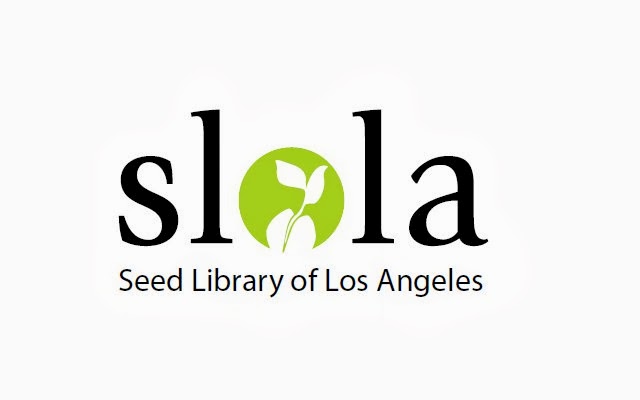In this seminar, participants will
learn the reasons for saving seeds, the botany necessary to saving
seeds and the mechanisms of seed saving. Students will know which
plants have easily saved seeds, which are more difficult, and how to
deal with both. Through use of actual plants and flowers, students
will learn the process of hand pollination on different plants and
the devices and supplies used in pollinating different seeds.
Students will be shown how to breed their own vegetable varieties and
learn why that is an important contribution to modern agriculture.
Class will meet from 6:30 to 8:00 PM
for three Thursdays in a row, October 26, and November 1 and 8.
Dress warmly as our room is not well heated and close to the ocean:
we can get chilly.
Upon completion of the course, students
should confidently be able to save seeds from a wide variety of
vegetable species and understand the importance of doing so and be
able to commence breeding new vegetable varieties.
Instructor: David King 310.722.3656
(my cell phone)
Office hours are by appointment, I will
meet with you at any reasonable hour of the day to help you
understand the material. If you are confused by ANYTHING, contact
me. I expect every student that completes this seminar to achieve
the goals outlined above. If you are not comfortable with anything,
call, email or come see me (by appointment) and we will clarify as
needed. I want every one who completes this course to feel they
have met the goals above.
|
Week 1 |
Introduction Why Save Seeds Heirlooms Botany of Seed Saving /Seed Morphology Open Pollinated vs Hybrid |
|
|
Week 2 |
Inbred and Outbred Plants
Genetics Practical Process of Seed Saving Recording Your Work |
|
|
Week 3
|
Seed Storage Practical Lab – flower dissection Sources Course Applicability and Review |
|
I will provide tea from the garden –
students should bring their own cups. We need to leave
the classroom as clean as we found it. In most cases, it won't be
hard.
Students are urged to become active
members of the Seed Library of Los Angeles and even to participate in
the Best Practices committee which is the standard setting committee
of the Library – it needs people with your knowledge of seed saving
and the skills you have learned here.
Handouts
will be available at the SLOLA blog site; slola.blogspot.com
The
class is not full. If you have friends you know would like to be a
part of this class, please let them know. We are holding the class
outside as much as we can. Please have layers handy to keep warm as
we get an onshore flow during class time that can be downright nippy
some nights. If it is too cold, we do have indoor spaces to use.
Coffee/warm herb tea will be available. Bring your own mug. We have
LA tap water from a hose – if that's not your kind of thing, you'll
need to bring your own.
By
the third class, I would like each student to have a 10x or more
jewelers' loupe. If you have questions about this, wait until the
first class, I will show you some that I have and your can decide
what you want will serve you best.
